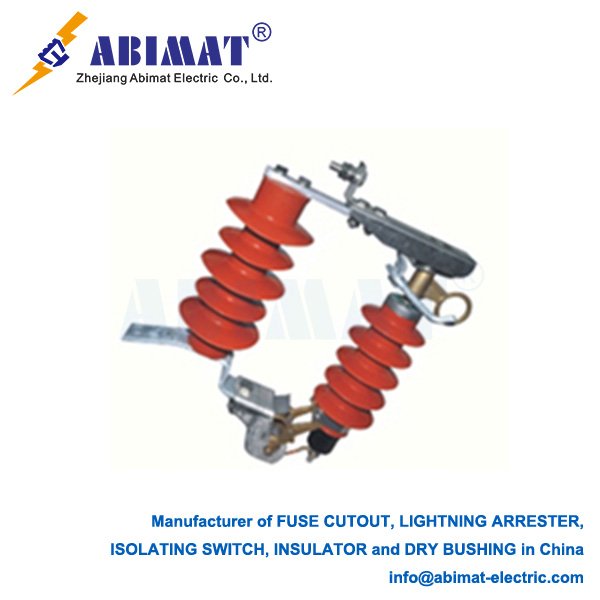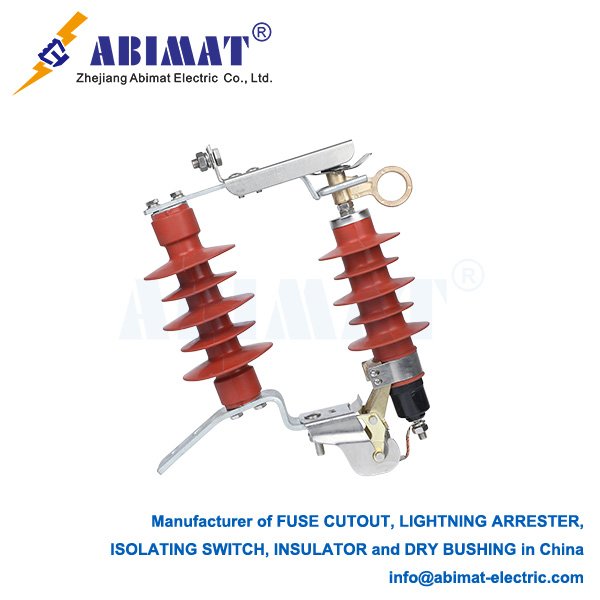Electrical Arresters: Guardians of the Power Grid
Electrical arresters—people call them surge arresters more correctly—are important devices. They protect electrical equipment from harmful overvoltages. This equipment includes things like transformers, circuit breakers, and generators. These overvoltages, or surges, usually come from two sources. One is lightning hitting the power grid. The other is when people switch equipment on or off in the grid.
You can picture a surge arrester like a smart pressure relief valve. It acts differently when the power system works normally. In normal conditions, it works as an insulator. It lets the regular system voltage pass through without any problem. But sometimes a dangerous voltage surge happens. This surge is way higher than the normal level. When that takes place, the arrester becomes a conductor right away. It gives the surge a path to the ground. This path doesn’t block the current much. It moves the big surge current away safely. It keeps the current from reaching the equipment it’s supposed to protect. Once the surge is gone, the arrester goes back to being an insulator by itself. This makes the circuit work normally again.

A main part inside the arrester makes this smart switching happen. That part is a stack of Metal Oxide Varistors—people often say MOVs for short. MOVs are special semiconductors. They have a unique feature with voltage and current. Their behavior here isn’t steady. They change how much they block current based on the voltage put on them. This lets them switch between being an insulator and a conductor automatically. And they do this really quickly.
Most arresters used now are the metal-oxide type. They’re good at handling energy. They also work reliably. You can find them all over the power system. They’re in substations. They’re on distribution poles. They’re even inside your home. The smaller ones there are often called surge protectors.
In simple terms, the abimat surge arrester is like a quiet guardian. It watches the voltage all the time. When a destructive surge comes, it acts in milliseconds. It stops the surge from causing damage. This helps keep the expensive electrical infrastructure stable and safe. It also makes the infrastructure last longer.


